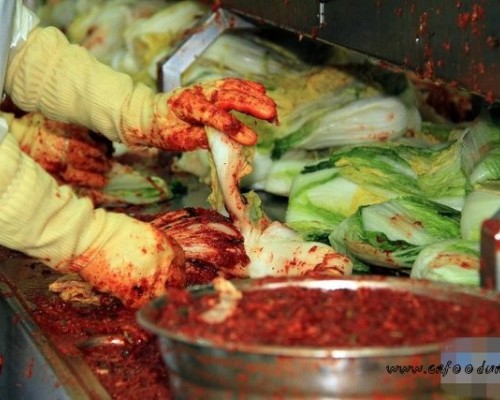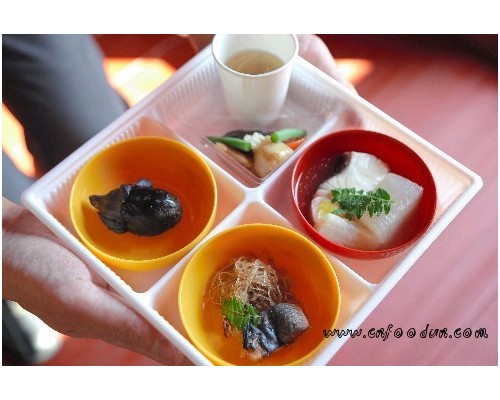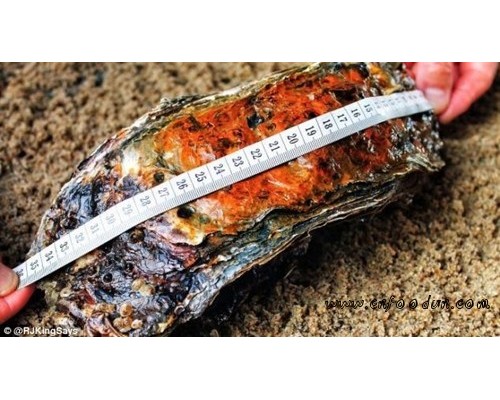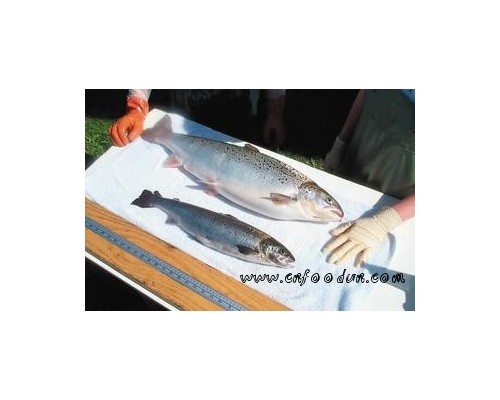原文报道:
According to Article 6 of the Regulation (EC) No 396/2005, Spain, herewith referred as the evaluating Member State (EMS), received an application from Syngenta Agro S.A to modify the existing MRLs for the active substance thiamethoxam in strawberries and beans (with pods). In order to accommodate for the intended uses of thiamethoxam, it is proposed to raise the existing MRLs from the limit of quantification value of 0.05 mg/kg to 0.3 mg/kg in strawberries and beans with pods. Spain drafted an evaluation report according to Article 8 of Regulation (EC) No 396/2005 which was submitted to the European Commission and forwarded to EFSA on 19 February 2010. Clothianidin, a metabolite of thiamethoxam, is itself used as a pesticide. In view of the residues of clothianidin caused by the use of thiamethoxam, EFSA also assessed whether the MRLs for clothianidin on strawberries and beans with pods would need to be revised.
EFSA derives the following conclusions based on the above mentioned evaluation report, the Review Reports including the list of endpoints and the Draft Assessment Reports prepared under Directive 91/414/EEC on both thiamethoxam and clothianidin, respectively. The toxicological profile of thiamethoxam and clothianidin was investigated in the peer review and the data were sufficient to conclude on an ADI value of 0.026 mg/kg bw/day and 0.097 mg/kg bw/day and an ARfD value of 0.5 mg/kg bw and 0.1 mg/kg bw.
The metabolism of thiamethoxam in plants was investigated following foliar application (pears, cucumbers, lettuce and rice), soil treatment (tobacco, rice, corn) and seed treatment (potatoes and corn). No difference in the nature of residues was observed in crops, however the relative amounts of metabolites found differed depending on the methods of application, the plant, the part of the plant analysed (leaves, grain and fruit) and the pre-harvest interval (PHI). At harvest, the major extractable components of the residues were parent thiamethoxam and the metabolite clothianidin (CGA 322704). Several metabolites were produced, but based on their quantitative occurrence and their toxicological profile none of them was qualified to be relevant to consumers. The residue definition of “sum of thiamethoxam and clothianidin, expressed as thiamethoxam” was established for risk assessment and enforcement purposes in raw agricultural commodities. EFSA considers that the metabolism of thiamethoxam is sufficiently addressed and no additional investigations are necessary.
However, EFSA agrees with the EMS that the enforcement residue definition for thiamethoxam has to be set so to express thiamethoxam and clothianidin independently, and recommends implementing this change in the framework of the comprehensive MRL review under Article 12 of Regulation (EC) No 396/2005. Adequate analytical methods for the two compounds are available to control the compliance to the proposed MRLs.
Supervised residue trials on protected strawberries and beans with pods after foliar and drip/drench application were submitted. The proposed extrapolation of residues from peas with pods to beans with pods is acceptable for the seed treatment use on beans in the Northern European region. The data were sufficient to derive MRL proposals and indicated that higher MRLs for thiamethoxam but not for clothianidin would be required to accommodate for the intended uses.
The effects of processing on the nature of thiamethoxam were assessed in the peer review and for processed commodities the same residue definition as for raw agricultural commodities is applicable. No specific processing studies investigating the magnitude of residues on strawberries and beans were submitted. Considering the low inpidual contribution of these crops to the total dietary intake, no studies are required according to the current requirements.
The occurrence of thiamethoxam residues in rotational crops was investigated under the peer review. Based on the results from these studies, EFSA considers that significant residue levels in the edible parts of rotational crops are not expected, provided that thiamethoxam is applied on strawberries and beans according to the proposed GAP.
The residues in commodities of animal origin were not assessed in the framework of this application since the crops under consideration are not livestock feeding items.
The consumer risk assessment was performed for thiamethoxam (sum of thiamethoxam and clothianidin, expressed as thiamethoxam) and for its metabolite clothianidin using the Pesticide Residues Intake Model (PRIMo) developed by EFSA. For the chronic intake assessment, the median residue values (STMR) derived from the supervised residue trials and the STMR value on carrots as derived in previous risk assessments were used. For the remaining crops the existing MRLs as established in Annex IIIA of Regulation (EC) No 396/2005 were used. The acute risk assessment was performed only for the crops under consideration. The estimated long-tem and short-term exposures for both thiametoxam and clothianidin were then compared with the ADI and the ARfD, respectively.
No long-term consumer risk was identified for any of the European diets incorporated in the EFSA PRIMo. The total calculated thiamethoxam dietary intake values ranged from 6 to 27 % of the ADI. For the crops under consideration, the contribution to the total consumer exposure is very low, accounting for 0.18 % (strawberries) and for 0.8 % (beans with pods) of the ADI in the FR toddler diet. The total calculated clothianidin dietary intake values ranged from 0.4 to 3 % of the corresponding ADI.
No acute consumer risk was identified with regard to the crops under consideration. Their estimated daily intake was fairly low for both thiamethoxam (≤ 0.5 % of the ARfD) and clothianidin residues (≤1.1 % of the ARfD) generated after the use of thiamethoxam.
Consequently, EFSA concludes that the intended use of thiamethoxam on strawberries and beans with pods (green beans) will not result in an exceedance of the toxicology reference values and derives the following recommendations:
|
Code number |
Commodity |
Existing |
Proposed |
Justification for the proposal |
|---|---|---|---|---|
|
Enforcement residue definition: thiamethoxam (sum of thiamethoxam and clothianidin, expressed as thiamethoxam) |
||||
| 152000 | Strawberries | 0.05* |
The MRL proposals are sufficiently supported by data and no risk for consumers was identified for the intended uses. |
|
| 260010 | Beans with pods | 0.05* | ||
| Enforcement residue definition: clothianidin | ||||
| 152000 | Strawberries | 0.02* | 0.02* | The current MRLs cover the residues arising from the intended uses of thiamethoxam and no risk for the consumer is expected. |
| 260010 | Beans with pods | 0.2 | 0.2 | |
(*): Indicates that the MRL is set at the limit of analytical quantification.
详情见:http://www.efsa.europa.eu/en/scdocs/scdoc/1647.htm







